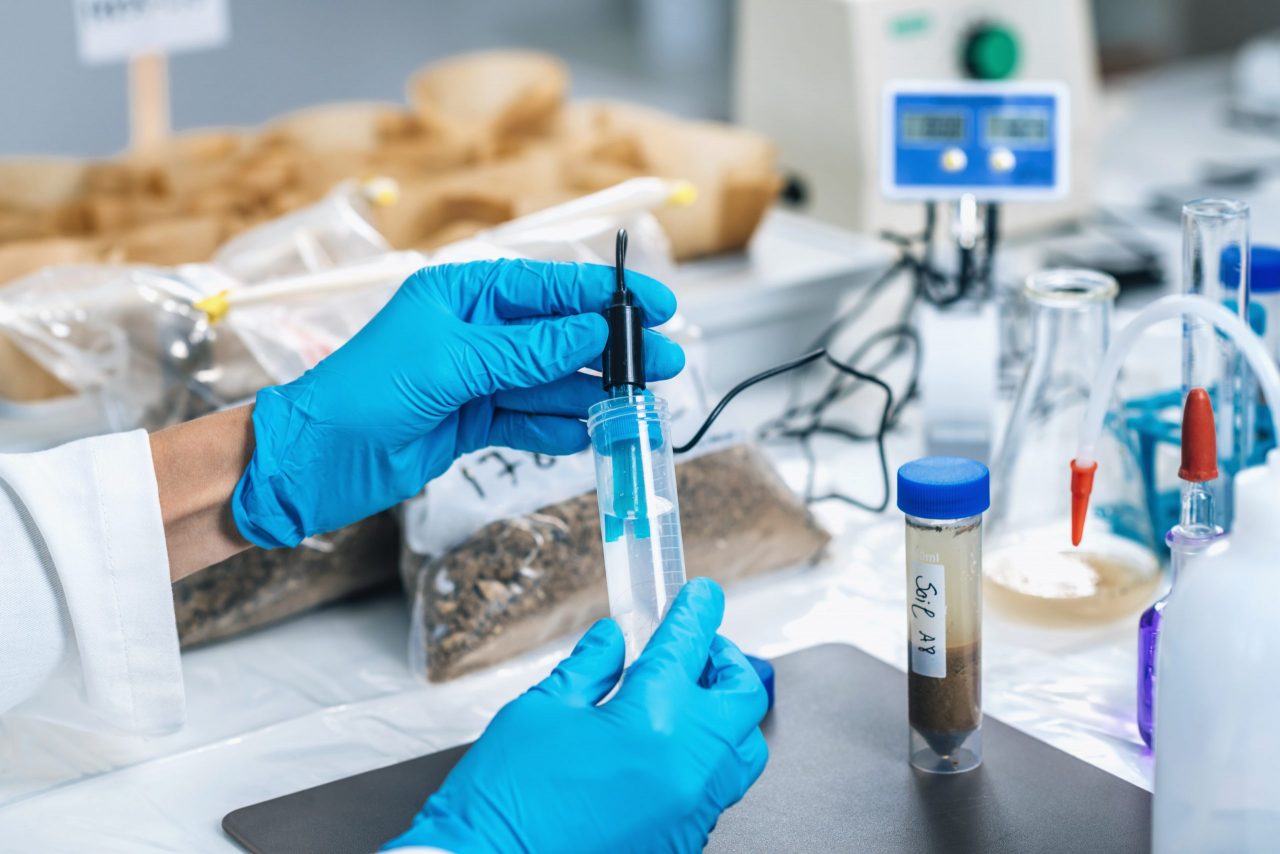The pH is the unit of measurement that describes the degree of acidity or alkalinity and is measured on a scale ranging from 0 to 14. An approximate indication of pH can be obtained using pH indicators or tapes, which change color depending on the variation of the pH level. But these indicators have limitations in terms of accuracy and can be difficult to interpret correctly in dark or colorful samples.
A pH meter is an instrument used to measure the acidity or alkalinity of a solution. The quantitative information given by the pH value expresses the degree of acidity of an acid or a base in terms of the activity of the hydrogen ions.
How does a pH meter work?
You should keep in mind that the most accurate measurements are obtained using a pHmeter. The measurement system is made up of three parts: a pH measurement electrode, a reference electrode and a high input impedance meter. The pH electrode can be considered as if it were a battery, with a voltage that varies according to the pH of the measured solution. The electrode that measures pH is a glass bulb sensitive to hydrogen ions, with an output in millivolts that varies according to changes in the relative concentration of hydrogen ions inside and outside the bulb. The output of the reference electrode does not change with the activity of the hydrogen ions.
The pH electrode has a very high internal resistance, which makes it difficult to measure the voltage variation with pH. Therefore, the impedance of the pHmeter input and leakage resistances are important factors. Basically, the pH meter is a high impedance amplifier that accurately measures the minimum electrode voltages and displays the results directly in pH units on an analog or digital display. In some cases, the voltages can also be interpreted for special applications or use with ion selective or oxidation / reduction potential electrodes.
What is dissolved oxygen?
Dissolved oxygen (DO) is a measure of the amount of dissolved oxygen in a system / medium. Measurements are often taken on water samples using a DO probe and meter. When conducting dissolved oxygen testing in the field or laboratory, it is important to consider what type of dissolved oxygen technology is right for you.
What instruments are used for the measurement of dissolved oxygen?
Today’s analytical instruments predominantly use two types of dissolved oxygen sensors: electrochemical and optical.
Electrochemical sensors include both galvanic and polarographic types. A thin, permeable membrane gas isolates the sensor elements from water. The oxygen that passes through the membrane is reduced, creating a current that the meter converts into a measurement of oxygen concentration. Although electrochemical sensors are initially less expensive, they require frequent maintenance and depend on a constant sample flow for an accurate reading (since they consume the oxygen that permeates through the membrane).
Optical sensors are the other type of common dissolved oxygen sensor measured under the principle of fluorescence quenching. A luminophore that is part of the membrane is excited with the light of a blue LED, emitting in turn a red light. Dissolved oxygen in the sample ‘turns off’ this excitation.
At Kalstein we provide you with excellent and innovative pH meters and dissolved oxygen meters. That is why we invite you to take a look HERE

